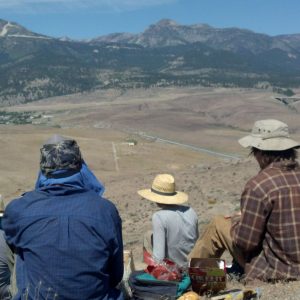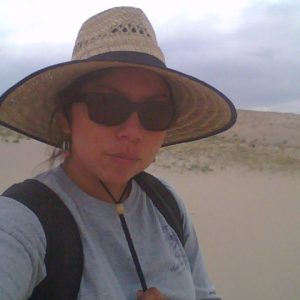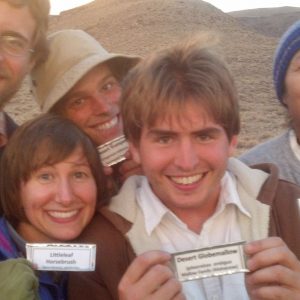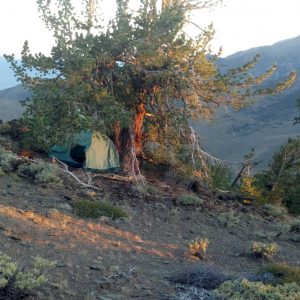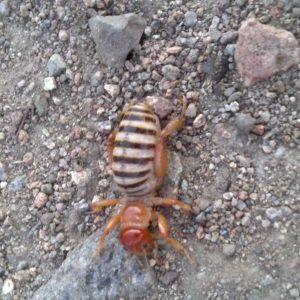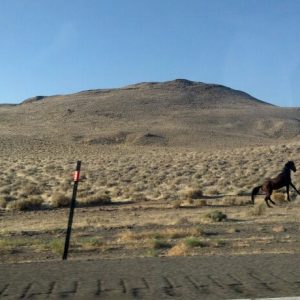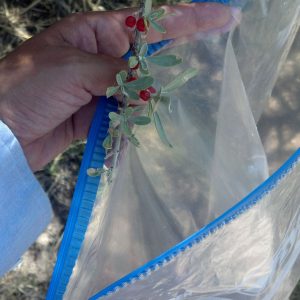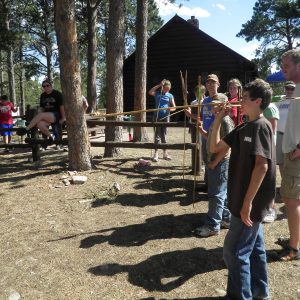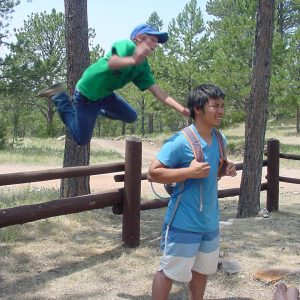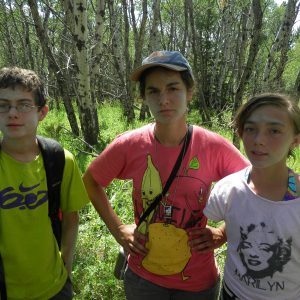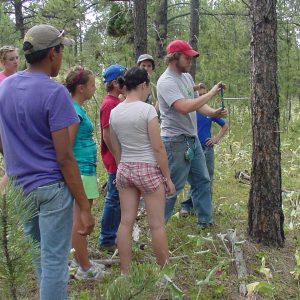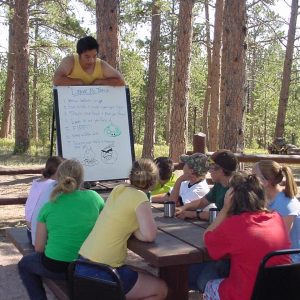Sadly, this will be my final blog post as a CLM intern. I recently accepted a position as an Americorps volunteer as a Prairie Science Specialist at the Center for Natural Lands Management (CNLM, haha!) in Olympia, Washington! Check out www.southsoundprairies.org if you are interested! I just moved in yesterday, leaving Lakeview a few weeks early. I am super excited to be in Olympia (It’s between 2 awesome National Parks!!!) and to return to doing research, something that I really miss. . It’s quite an adjustment going from the extreme temperature fluctuations of the sagebrush steppe to the mild and rainy temperate rainforests and prairies. I have a lot of catching up to do on prairie ecosystems, and I can’t wait to learn about the projects going on at CNLM!
Last weekend a group of us drove around the remaining part of our weed mapping study area on our way to some hot springs in the Hart Mountain Antelope Refuge. As we sped past the tens of thousands of acres that will eventually be scoured meter by meter for invasive annual grasses, I realized how extremely vast our study area is. This trip really put things into perspective for me. I know we can’t possibly come close to meeting our initial mapping goals, but it is nice knowing that we are a small piece of the puzzle. Although I am quick to forget it, our work here really is important. Even though it may not always be very fun, exciting, or thought provoking, it is still a significant contribution to the land managers and others looking to make informed decisions about this huge expanse of public land.
Overall CLM has been a great work experience! I have learned a ton. A brief list would include: using Junos, keying out grasses, collecting seeds, monitoring range land health and utilization, navigating crazy BLM roads, and the importance of comfortable boots! It’s been great working with a variety of personalities and having a really laid-back boss, shout out to you, Brennan!
CLM has also been a great experience on a personal level. I’ve definitely gotten to know myself a lot better, I’ve had a chance to discover what I am really interested in, and pursue a (tentative) direction that I would like to go. Although I’m super optimistic about the future, I can’t help but be sad when I reminisce about the wonderful 4.5-ish months spent in Lakeview. I’ve learned so much including: how to French braid, how to eat more vegetables, how to play darts, and I’ve even learned to like some country music! Most importantly I’ve learned that saying yes to an adventure is always more fun than staying home.
I am definitely going to miss all the good times and the awesome people that have been such a huge part of my life here. It’s amazing how quickly complete strangers can become your best friends. It was super difficult to say goodbye, I wish I could just take everyone with me so that I would never have to say it! Farewell fellow CLMers! If you are in the Seattle/Olympia area anytime between now and next September please let me know, I would seriously love some visitors!
Over and out,
Sarah Krock
Lakeview BLM





